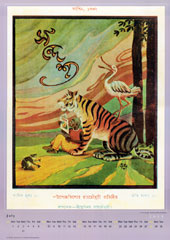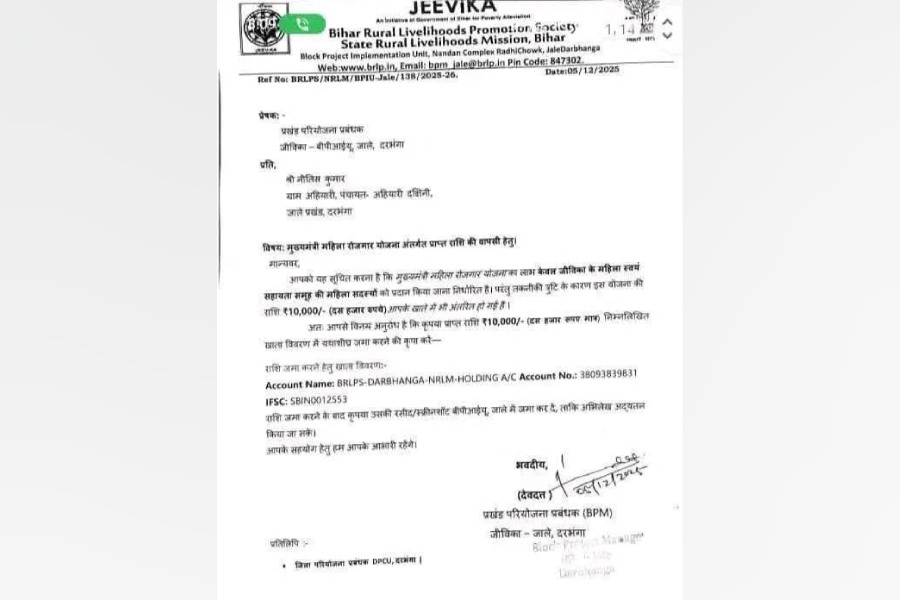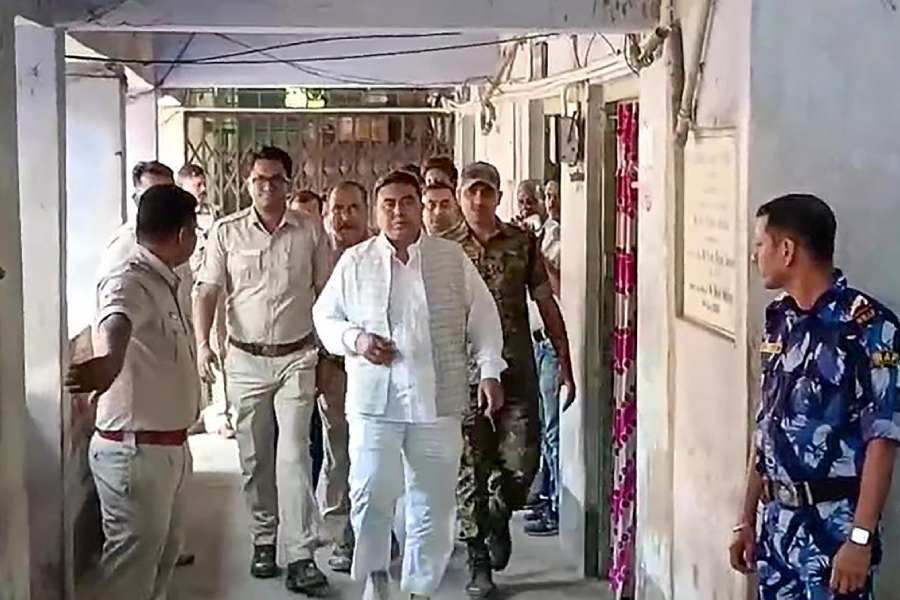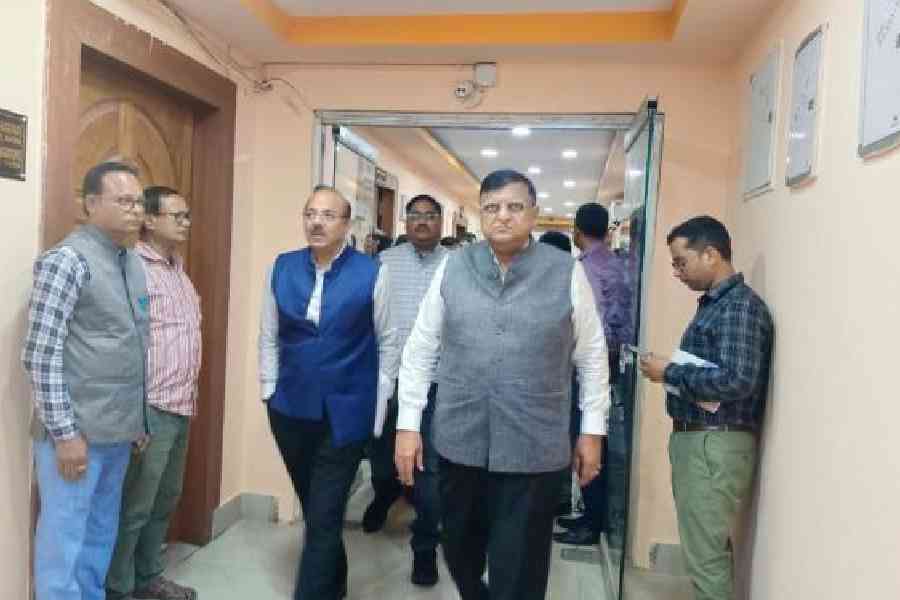 |
 |
| Sandesh covers selected for July and October |
The famous children’s magazine Sandesh saw the light of day exactly a hundred years ago on April 14, 1913, (Poila Baisakh). The first issue of the magazine was conceptualised, edited and published by Upendrakisor Raychaudhury and was printed at U Ray & Sons in Sukeas Street. It moved to his Garpar Road home a few years later. Sukumar Ray continued to publish it till his death in 1923. His second brother, Subinoy Ray, carried on for some time, but ultimately it folded up.
In May 1961, Satyajit Ray revived Sandesh, when it was edited by poet Subhas Mukhopadhyay. It was published from 172 Dharmatolla Street. Its production values and editorial quality were excellent but the overheads were too high. In 1963, the Sukumar Sahitya Samabay Samity, a cooperative society, was formed. It took over the magazine with Leela Majumdar, Sukumar Ray’s cousin, as its voluntary editor.
In 1964, the magazine moved into 172/3 Rashbehari Avenue at Triangular Park, with Nalini Das, an educationist and granddaughter of Upendrakisor, as its de facto editor. Sandesh is still being published with Sandip Ray as its editor and Amitananda Das, Nalini’s son, as its publisher.
Kazi Anirban, grandson of Kazi Nazrul, and collector Parimal Ray have published a limited edition 13-page calendar to commemorate the 150th anniversary of Upendrakisor and the centenary of the magazine. The flyleaf shows the original masthead of Sandesh as well as some pen and ink sketches by Satyajit Ray.
The 12 other pages show various halftone covers of the magazine right from the beginning. These were collected from several sources which have been acknowledged on the flyleaf. Some of the delightful covers came from Dipankar Basu, the grandson of Rajsekhar Basu and first subscriber of the magazine when subscriptions were started in the 1960s, and the second subscriber was Sandip Ray.
The calendar starts in April 2013 and ends March 2014. It is a collector’s item as it documents various important dates and facts relating to the magazine.
Portrait of an artist
 |
| A watercolour by Gopal Ghose |
The landscapes of Gopal Ghose (1913-1980) with their broad, flat brushstrokes applied in a matter of moments, bright occasionally contrasting shades, and trees, huts, houses and human beings rendered with lightning fast strokes and squiggles that often recall the handiwork of folk artists, are easily identifiable for their sophistication and the ruthlessness with which he brushed aside all redundant elements. This economy of expression is noticeable in his paintings of flowers as well where the colours are richer and the forms softer.
The National Gallery of Modern Art (NGMA) held an exhibition of his works in January to celebrate his centenary, which, as usual, bypassed the place of his birth — Shyambazar in Calcutta. Akar Prakar, which had collaborated with the NGMA to organise the Delhi exhibition, has tried to compensate the loss of Calcutta by publishing a sizeable book on the artist who was brought up in Simla, Varanasi and Allahabad.
The book titled Gopal Ghose: A Jubilant Quest for the Chromatic, produced in association with Mapin Publishing is lavishly illustrated (316 images), including rare photographs of the artist, was edited by Santiniketan-based art historian Sanjoy Kumar Mallik, who has curated an exhibition on Chittoprasad and edited two volumes on him as well.
Ghose was trained at the Maharaja School of Art & Craft, Jaipur, and thereafter, he enrolled with the Government School of Art, Madras, where he was guided by Deviprosad Roy Chowdhury.
Like many of his contemporaries, Ghose had witnessed the great famine and had produced a rather stylised and effete painting. Mallik is critical of it. Ghose, however, came into his own when he depicted the bloody riots in Calcutta, although his output was small. Ghose was part of the collective Calcutta Group and was once the toast of Calcutta. His work was praised by Rabindranath, Abanindranath, Nandalal Bose, Bishnu Dey and Stella Kramrisch and he had won many accolades before he died of lung cancer.
The book has several sections dealing with the various periods and themes of his art like famine and riot, still life and flower studies, birds and flight and faces and figures: the human form.
Older writings on the artist by sculptor Prodosh Dasgupta, and recollections of people close to him have been included in this volume. The collection of photographs of the artist and the last section, in which select documents and sketchpads have been reproduced, add to its value.
Flag story
 |
| The first Swadeshi flag, also known as the Calcutta flag, hoisted in 1906 |
There are many ways to narrate history. Sekhar Chakrabarti has chosen an unusual one — through stamps. His book The Indian National Flag unfurled through Philately uses philatelic material as visuals alongside the textual narrative.
“It took me about 20 years to put my collection together and three years to write the book,” says Chakrabarti, a retired engineer who as a child was curious about “why people sacrificed their lives for a coloured piece of cloth”.
The book starts with the use of flags in Indian epics, using a 25p stamp printed in 1978 of Arjuna’s chariot, on which a dhvaja fluttered featuring the monkey-god, at the battle of Kurukshetra.
The historical account takes off with the arrival of the Europeans in India. Vasco Da Gama being the first to discover the sea-route to India in 1498, the first visual is of a miniature sheet released in 1998 by Portugal to commemorate the 500th anniversary of the discovery. The Portuguese story ends with the liberation of Goa in 1961, alongside a first-day cover issued by India Post to mark the golden jubilee in 2011.
The book also tells the history of the French Tricolore which inspired the first Indian flag hoisted on Boycott Day in Calcutta in 1906, to protest against the partition of Bengal. The East India Company’s ship Hector was the first to fly an English flag — the St. George’s Cross — in India. The Cross flag, illustrated by a stamp issued by Gilbralter, had been adopted by England in 1190 for their ships to enter Mediterranean Sea. We are told how after the union of Great Britain and Ireland in 1800, the red diagonal cross of St. Patrick was added to the combination of the Cross of St. Andrew and St. George to create a new version of Union Jack.
In 1687, Governor of Madras Elihu Yale hoisted the Union Jack for the first time replacing the East India Company flag at Fort St. George in Madras. Made of teak, the flagstaff is the oldest and tallest in India and on it was also hoisted the Indian Tricolour on August 15, 1947. It had to be replaced by a metallic one in 1994.
Chakrabarti is also excited about the three Indian National Army stamps in his collection. “The semi-postal stamps, bearing the INA flag with a springing tiger, were printed at Netaji’s orders in Berlin. The stamps cost Rs 3, of which Rs 2 were meant to be a contribution to the INA. Had the result of the World War been different, these might have been the first postage stamps of Free India.”
(Contributed by Soumitra Das and Sudeshna Banerjee)










